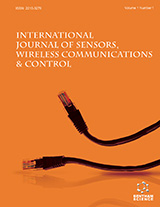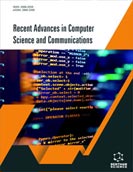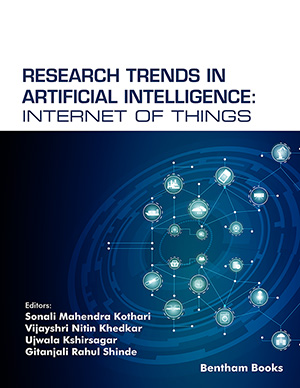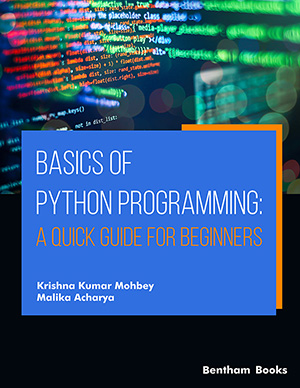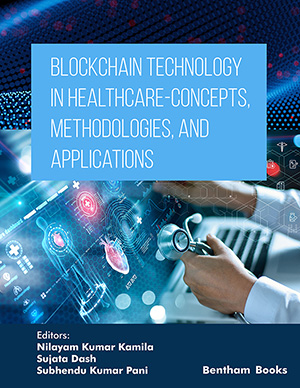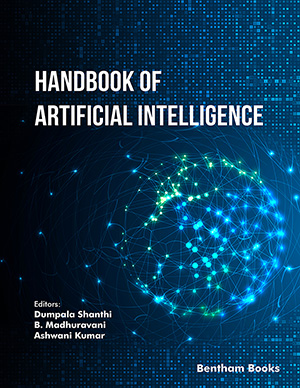Abstract
Background: Recognizing human faces across image processing is a difficult task mainly when it comes to age variation and occluded images. Aging causes a lot of variation in the human face and occlusion makes it difficult for us to recognize image of a person. Human faces undergo changes due to aging. These changes are affected by different factors and are subject to different age groups. In the early ages, like the childhood the facial shape is of importance and later on during the adulthood texture variations like wrinkles and pigmentation is seen. Age variation brings a major problem to the systems which recognize faces. Further it found that the task of identification is being complicated due to occlusions. Recognizing faces under occlusion mainly consists of registration and classification and there is very less work done in both of these areas.
Methods: In the paper, two novel techniques have been developed to recognize the human face which varies across age and under occlusion. Recognizing faces across Age Variations was proposed using the Sparse Representation technique. Recognizing faces under Occlusion was proposed using the Principal Component Analysis (PCA) Extraction and 1- Nearest Neighbor (NN) Classification techniques. Results: From the analysis with various existing state of the art techniques, it was found that the proposed method to recognize faces across age variation using Sparse Representation Technique gives the best recognition rate of 81.81% on FGNET database. Also recognizing faces under occlusion using Principal Component Analysis extraction and 1-Nearest Neighbor Classification gives the best recognition rate of 95.890% on IIITD Disguise face database. We have considered the patents ‘Three dimensional human face recognition method based on the intermediate frequency information in geometry image’, ‘The face identification method based on multiscale weber local descriptor and the kernel group sparse representation’. Conclusion: In this paper, we have developed two novel approaches to recognize faces across age variations and under occlusion. The two novel techniques developed were compared across various existing state of the art techniques and validated across various standard public face databases. From our analysis we have found that the two novel techniques give the best recognition rates across age progressions and varying occlusion.Keywords: Face recognition, sparse representation, principal component analysis, nearest neighbor classifier.
 20
20 1
1


